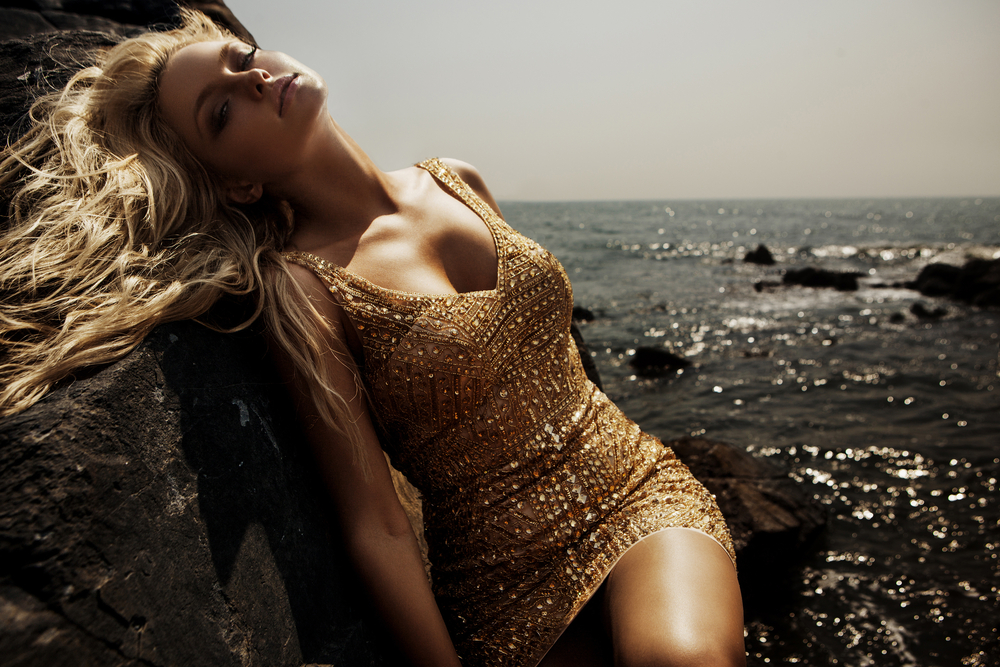The Art of Model Photography: Illuminating the Impact of Lighting
When it comes to model photography, lighting is key. It can make or break a photo, transforming a dull image into a stunning masterpiece. Understanding how to use lighting to your advantage can take your modeling career to the next level. In this post, we will shine a light on the art of model photography and explore the impact of lighting.
Types of Lighting
- Natural Light: Natural light is the most flattering for photography. It is soft, diffused, and provides a natural glow to your skin. When shooting outdoors, look for shaded areas or shoot during the golden hours (early morning or late afternoon) for the best results.
- Artificial Lighting: Artificial lighting includes studio lights, flash, and continuous lighting. Studio lights are versatile and can be adjusted to create different effects. Flash can add drama and freeze motion, while continuous lighting provides a consistent light source for shooting video or long exposures.
- Rim Lighting: Rim lighting is a technique where the light source is placed behind the subject, creating a glowing outline around their silhouette. This technique can add depth and drama to your photos.
- Fill Light: Fill light is used to reduce shadows and evenly light the subject. It is often used in combination with a main light source to create a more balanced exposure.
Playing with Shadows
Shadows can add dimension and drama to your photos. Experiment with different angles and light sources to create interesting shadow patterns. Embrace shadows as a creative element in your photoshoots.
Creating Mood with Lighting
Lighting can set the tone and mood of a photo. Soft, diffused lighting can create a romantic and dreamy atmosphere, while harsh lighting can add intensity and drama. Experiment with different lighting setups to evoke different emotions in your photos.
Understanding Color Temperature
Color temperature refers to the warmth or coolness of a light source. Different light sources have different color temperatures, which can affect the overall look of your photos. Daylight is considered a neutral color temperature, while tungsten lighting is warm and fluorescent lighting is cool. Understanding color temperature can help you achieve the desired look in your photos.
Lighting Techniques
- Rembrandt Lighting: This classic lighting technique creates a triangle of light on one side of the subject’s face. It adds depth and dimension to the face, creating a flattering effect.
- Butterfly Lighting: Butterfly lighting is a technique where the light source is placed directly above the camera, creating a butterfly-shaped shadow under the nose. This lighting setup is often used in beauty photography for a soft and flattering look.
- High Key Lighting: High key lighting is bright and evenly lit, with minimal shadows. This technique is often used in fashion photography for a clean and modern look.
- Low Key Lighting: Low key lighting is dark and moody, with deep shadows and minimal lighting on the subject. This technique is often used in dramatic and edgy photoshoots.
Tips for Working with Lighting
- Experiment with different lighting setups to find what works best for you.
- Study the work of other photographers to learn from their lighting techniques.
- Practice posing in different lighting conditions to understand how light affects your appearance.
- Don’t be afraid to get creative and try new things with lighting.
Lighting is a powerful tool in model photography. By mastering the art of lighting, you can elevate your photoshoots and create stunning images that captivate viewers. Experiment with different lighting techniques, play with shadows, and create mood with lighting to bring your photos to life. Remember, the right lighting can make all the difference in the world.


